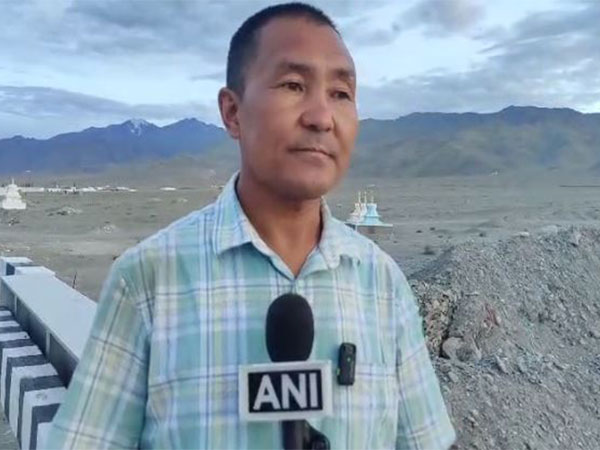LEH: Ladakh India Meteorological Department (IMD) Director Sonam Lotus on Wednesday said that a steep rise in temperature in Ladakh is a matter of concern.
Notably, a maximum temperature of 30.5 degrees Celsius was recorded in Leh on July 30.
The Ladakh IMD Director noted that while high temperatures are typical during Ladakh’s hottest months of July-August, he added that a steep rise in temperature, particularly in Ladakh, is indeed a matter of concern as glaciers are the region’s key water source, and their rapid melting due to intense heat poses a significant threat to the region’s water supply.
“Ladakh is a cold desert area but it doesn’t mean that it is always cold here. It is cold here during winters in December-January when temperatures drop to even -20 or -25 degrees Celsius in Leh. It is not new to experience summers here in July-August. It happens every year. July-August is the hottest month of the year for Ladakh. Kargil experiences 2-3 degrees more than Leh. This time, Leh recorded a highest temperature of 33.5 degrees Celsius. At the same time, on 28th July, Kargil recorded the highest temperature of 37.5 degrees Celsius. These temperatures are not new. It is always hot in July-August, especially from the second week of July to mid-August, around 45 days,” IMD Ladakh Director told ANI.
“Steep rise in temperature, that too in Ladakh, is indeed a matter of concern. Glaciers are our natural resources and are very valuable. We get water from that glacier, so if the temperatures rise like this – when Ladakh’s 30 degrees is like 40 degrees in the plains – the intense heat will melt the ice bodies faster,” he added.
Ladakh IMD Director also issued an advisory for tourists, warning of potential flash floods in the coming days.
“Sometimes, it also rains due to the heat…The monsoon is becoming active now, so it has started becoming cloudy since yesterday which has caused light rain in a few spots…There has been no loss of life or property. We would like to tell the tourists that it is going to rain in the next week. It can take the form of a flash flood in a few areas. So, people will have to be alert these few days. Take this as an advisory. There is no need to panic,” he said. (ANI)
Also Read: First-ever scientific exercise found 718 snow leopards in India; highest in Ladakh







